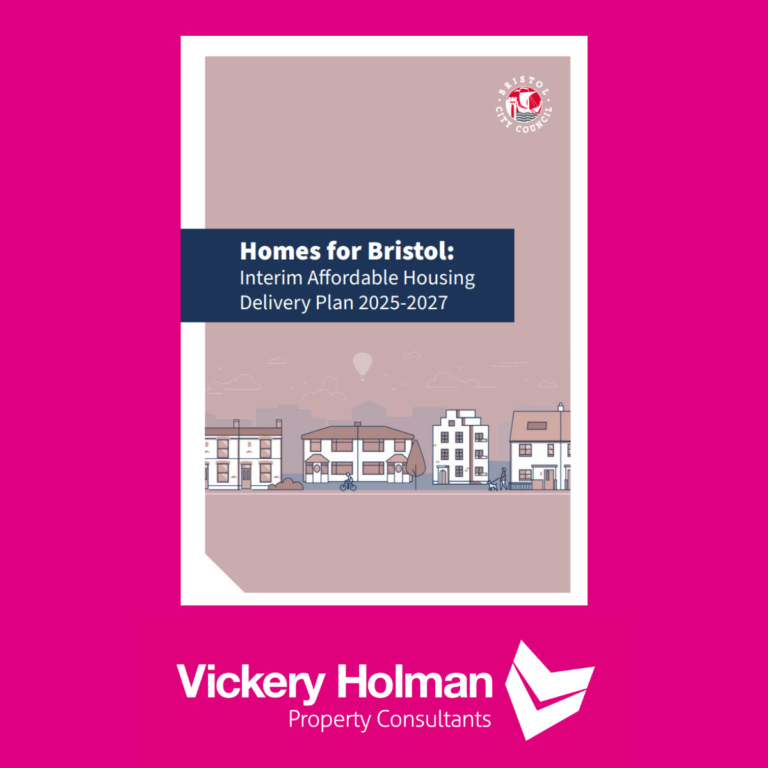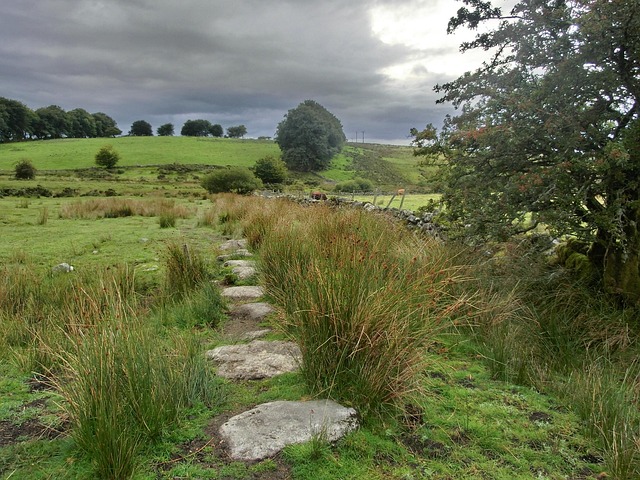Planning Use Class changes
Nearly 1 year on from the Planning Use Class changes that came into effect on 1 September 2020, what effect have these changes had on use class applications and the diverse use of units?
The use class changes through the Town and Country Planning (Use Classes) (Amendment) (England) Regulations 2020 saw a shake-up of the use class classifications to better align some types of properties or businesses so that planning permission for a change of use would fall under permitted development. The idea being that in turbulent times and difficult markets property owners and businesses would be able to adapt more readily to changes without the requirement to apply for planning and the time delays and costs that this incurs.
The changes made during this shake-up are simplified below:
Class A1 Shops became E(a)
Class A2 Financial and professional services became E(b)
Class A3 Restaurants and Pubs became E(c)
Class A4 Drinking establishments became Sui Generis
Class A5 Hot food takeaways became Sui Generis
Class B1 (a) Offices, (b) Research and development of products or processes, (c) Industrial processes became
E(g)
Class D1 Non-residential Institutions became E(e-f) and F1
Class D2 Assembly and leisure became E(d) and F2(c-d)
It all (on paper at least) seems very straight forward. But, what happens if you have a mixed use unit, for example one that has B1, B2 and B8 use class? B1 now falls under E but B2 and B8 remain unchanged what is allowed?
First thoughts tend to be look on the planning portal… no joy? Talk to the local authority. Okay, but to get advice from a local authority they actually tell you to make a planning application. But, I want to find out if I need a planning application. Answer, make one and we will tell you. Try telling that to a client, that they need to pay for an application to find out they don’t need an application. Not sure that is justifiable to me. Surely the whole point of the reforms were to circumvent the whole process of unnecessary applications and to speed the process up.
Example of Planning Use Class changes
We have a specific example of this situation here at Vickery Holman. A client has a property up to let and falling in the old B1,B2, B8 mixed Industrial use class with an interested party wanting to use the space as a gym which now falls under E(d) having been changed from D2.
As B1 class now falls within E use class and so do gyms, the client and the interested party felt that this is permitted change of use. One solicitor agrees with them however, the other solicitor does not and is adamant that planning permission is required.
So, who is right? The answer to that is not straight forward and something we have discussed continuously internally. So much so that I held an informal poll through LinkedIn to get other professionals in the industry’s opinions.
Poll Results
Out of 86 responses, the results were as follows:
Yes – permission required to change use class 30%
(Planners, Surveyors, Counsel, Development Managers, Asset Manager, Letting Agent, Sales Agent)
No – permission not required 47%
(Estate Managers, Planners, Surveyors, Lease Managers, Asset Managers, Agents)
No Idea 23%
(Surveyors, Project Managers, Planning engineers, Property consultants, Fire Safety Managers, Students, Asset Managers Property Managers)
Pretty much like our internal discussions and the client and tenants’ solicitors, the market is split with confusion on how to handle mixed use properties.
We undertook further research trawling through the Exeter City Councils Planning site to look for past applications on change of use prior to the reforms and any after this date. From what we found there were 13 schemes/planning applications for change of use to gyms from February 2019 back to July 2015 where a planning application was made for the change of use.
Since Feb 2019 only one application is shown as having been made. This is on an industrial unit that is looking to convert to a gym E(d). The current use class is B1, B2 & B8 industrial, and now B1 sits under E(g). Sound familiar… and they have decided to go for planning. But is it needed?
The simple answer is there is a lack of information available to people. Yes, B1 is now E class which should mean that conversion to another E class is permitted but B2 and B8 were not changed over and as these are also stated on the use class, does this mean that these remain and can’t be changed or does this allow for future use of E or B2/8?
There are so few precents set yet, that authorities are trying to learn the new rules themselves. Would it be nice to have a helpful planning call centre we could call to ask simple questions such as; is an application even necessary? But, alas at this time that is not possible, so intuition and gut feeling must come into play.
A little further research has thrown up a couple of useful pointers; Pincent Mason in 2020 wrote on their website following the changes that, if a building is used in a way falling within A1, A2, A3 or B1, it will be treated as though it is being used for a purpose specified in Class E. Change of use to another Class E use will be allowed without the need for planning. However, new permitted development rights although introduced on 1st September 2020 come into effect on 1 August 2021, prior to which change of use Permitted development rights as in GDPO continued to be applied based on existing use classes. At around the same time Bevan Brittan wrote an article on their website that stated, in order to change the uses within a class there must have been actual and lawful use.
We can therefore assume that if the client’s property has been in use as B1 and not B2/B8 and is now looking to move to E(d) then this would be permitted as B1 is now E class. However, if existing use was B2 or B8 then permission to change will be required through planning applications.
For now, our clients interested party is going to be making an application due to the differing opinions and to cover themselves moving forward.
The answer to our poll, therefore, is Yes and No (nobody is wrong!) dependent on the current usage within the mixed-use property.
What would help us all would be a simple statement that clarifies the ruling for mixed use class properties so that a standard answer is available.
Are we all still a little confused? Personally, yes.
Although, a year on, the fact that planning applications being registered have slowed, whether permitted development rights related or due to the global pandemic may show that the changes have helped and there is more flexibility for developers and owners to get the best possible use out of their properties and prevent buildings sitting empty and unprofitable throughout our towns and cities.
Now though, only time will tell and the result of the planning application already submitted and the expected parties application could give us all an idea of what route the authorities may take. I guess, for now watch this space.




